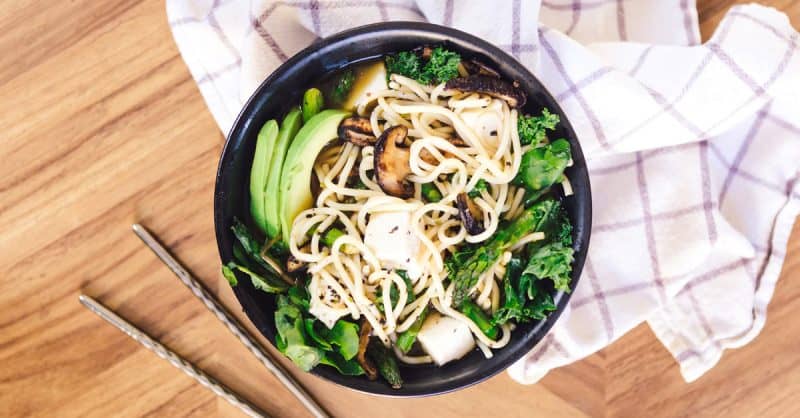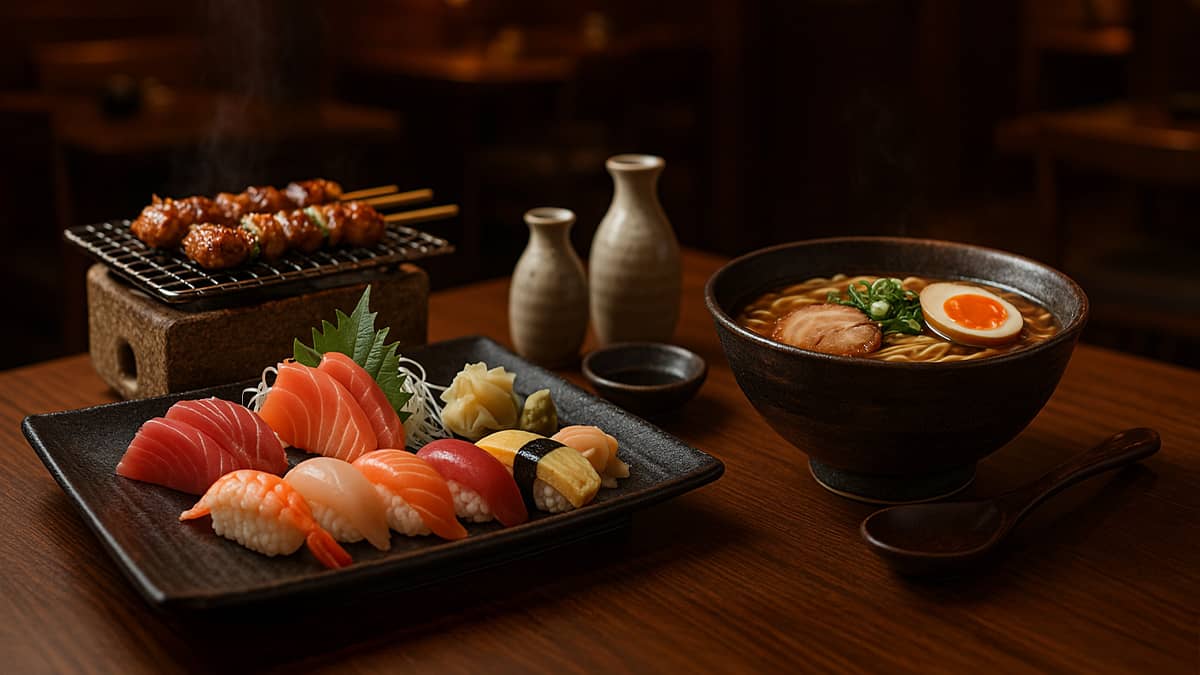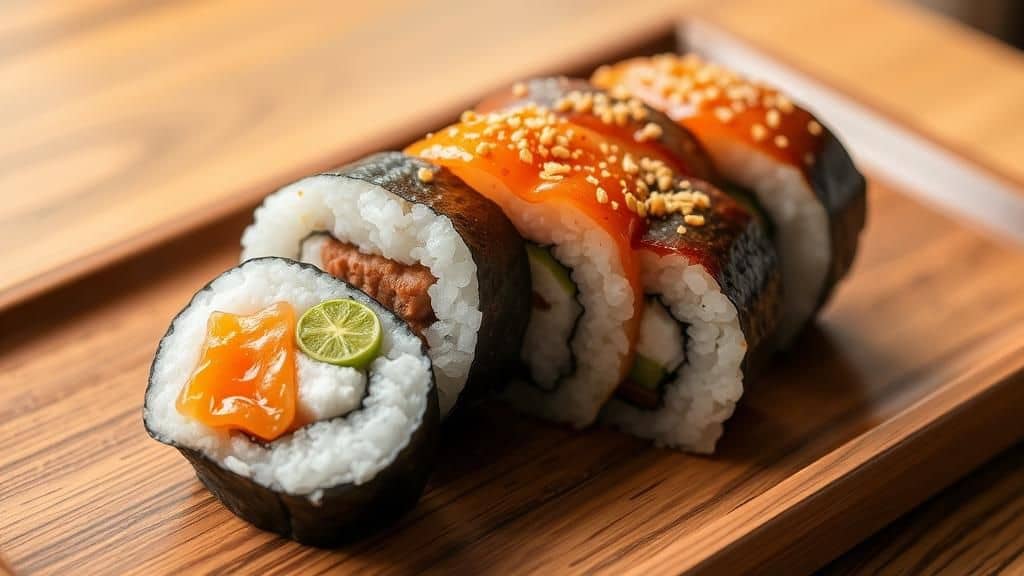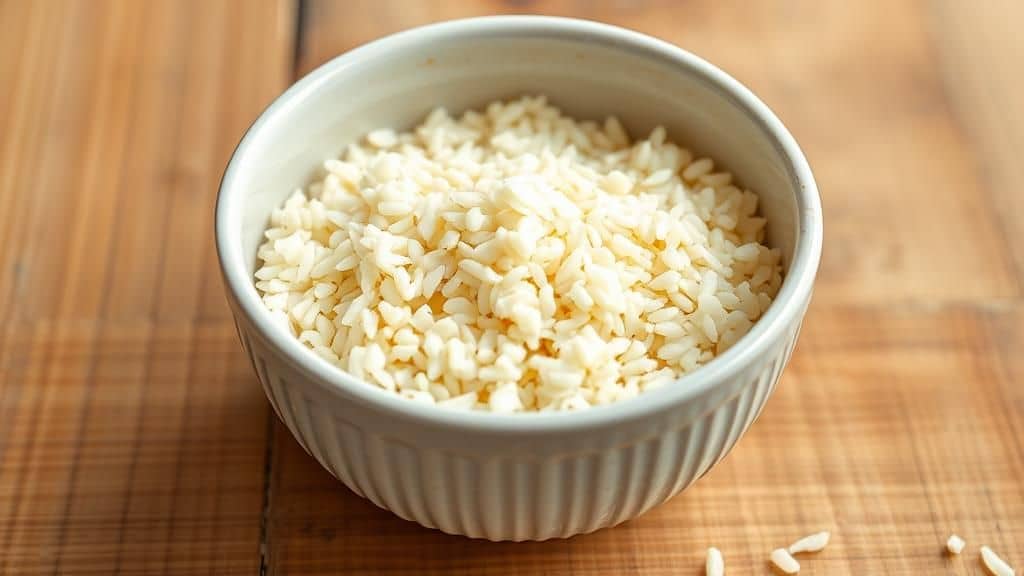History of ramen in Japan, quintessential Japan

This week, we're bringing you a very specific trip on the cultural and culinary aspects of ramen in Japan, and what makes it quintessential.
When Japanese food comes to your mind, there's a good chance you've been thinking of ramen. Everyone knows this favorite noodle dish, thanks to its rich soup and tasty handmade noodles. Interestingly, however, ramen wasn't always the Japanese staple it is today.
A brief history of ramen
The ramen is of Chinese origin. The name was originally used for two other dishes, namely Chūka soba and Shina soba. Both translate to “Chinese noodles”, but with different connotations. Japan did not co-opt the term until the end of the 19th century, when the country was experiencing an industrial revolution. Since workers (also called “salarymen” at the time) barely had time to prepare their own meals before leaving for work, they ate at ramen restaurants.
Over the years, Japan has invented several types of ramen, the only significant difference being the broth, which ranges from shio (salted) to tonkotsu (pork broth). Noodles, on the other hand, are still made from kansui, a type of local alkaline water, which is the secret to their firm texture and yellow color.
Ramen in Japan
It can be said that Japan has no shortage of ramen restaurants. Recently, restaurants have evolved into multinational chains, one of the most notable of which is Ichiran Ramen. Across the country, its red, black and green logo is instantly recognizable. Outdoors, it's even harder to miss, as it usually comes with long lines that stretch across entire sidewalks. Other popular restaurants that have made a name for themselves include the Michelin-starred Tsuta, the one-of-a-kind Fu-unji with its gravy-like sauce, and the popular Kikanbo. Despite the many variations and modern touches in terms of taste, these ramen still have one common denominator: everything revolves around the meal.
A solemn experience of food
In ramen restaurants, you hardly ever notice flashy decor, neon signs, or flashy furniture. Most of the restaurants are pretty straightforward: a few chairs, an open kitchen where you can sit and watch your food being prepared, and generally monochrome walls. The contrast is stark with the majority of modern food establishments, whose interiors beg to be posted on Instagram.
In Japan, the meal is the gastronomic experience in its own right, and it is a very good experience. Perhaps this is due to their penchant for the art of cooking and their concern for perfecting each ingredient. Either way, it's a strategy that works and continues to draw crowds. Even online, local ramen restaurants don't feel the need to make too much noise. One only has to take a look at the Ichiran Japan page to see that there are no influential celebrities or elaborate marketing campaigns, just ramen, period.
Japan and minimalism
Japanese culture is very attached to minimalism, as proven by the extraordinary Marie Kondo, specialist in decluttering. But even before his popular book turned Netflix show went viral, the Japanese had practiced minimalism for years. If you've ever wondered why Zen gardens evoke such a sense of tranquility, it's because they are designed with the intention of eliminating distractions and leaving room for contemplation and reflection. Arguably this same approach has been applied to restaurants, although the only thing you think about is how excellent your dish is.
A table for one person
Another important aspect of ramen restaurants (and Japanese restaurants, in general) is that they cater primarily to solo diners and small groups. It's different from other cultures, where eating is an incredibly social experience. This is because ramen restaurants have always been aimed at Japanese employees, known for their fast-paced, work-oriented lifestyles, and therefore usually do not have time to sit down and enjoy a meal. meal with friends. Restaurants today are still designed with privacy and comfort in mind, which is why you'll notice that they usually have private cabins and partitions between diners so you can enjoy your noodles in peace.
Ramen in the world
It's not just ramen in Japan. Ramen has certainly captured hearts (and stomachs) the world over, but it is now expressed in different ways. In New York, for example, you can find restaurants like Tonchin, which merge modern and traditional design. While they retain dark and minimalist interiors, chic geometric patterns and subtle pink tones breathe new life into the space.
In other parts of Asia, some restaurants are trying to recreate the authentic ramen experience. The Mendokoro Ramenba from the Philippines is a very popular choice, which takes on many traditional aspects of ramen restaurants, from the very limited number of seats to the humility of its menu of just three different choices. Just like in Japan, the best way to market ramen internationally is to find the right flavors. And more often than not, they're also run by Japanese ramen chefs, rather than companies looking to cash in on this milky bowl.
Final thoughts
Refined over the years, ramen has become more than just a dish: it's an experience in its own right. It is not only rich in flavor, but also in Japanese history and culture. Although not originally from Japan, the ramen we know today is quintessential from Japan.



